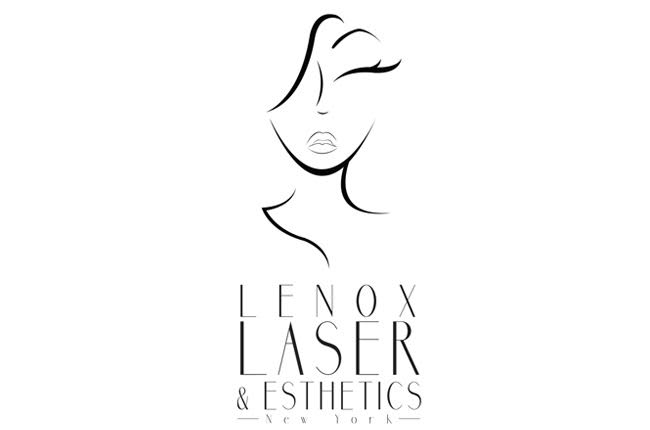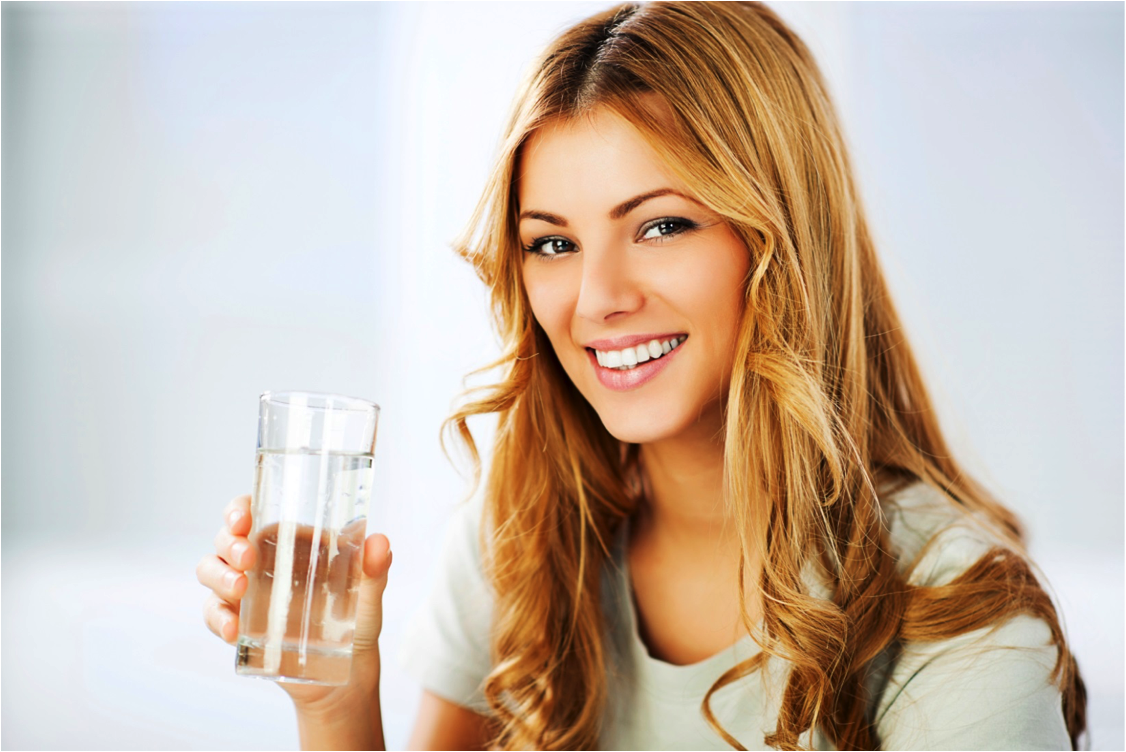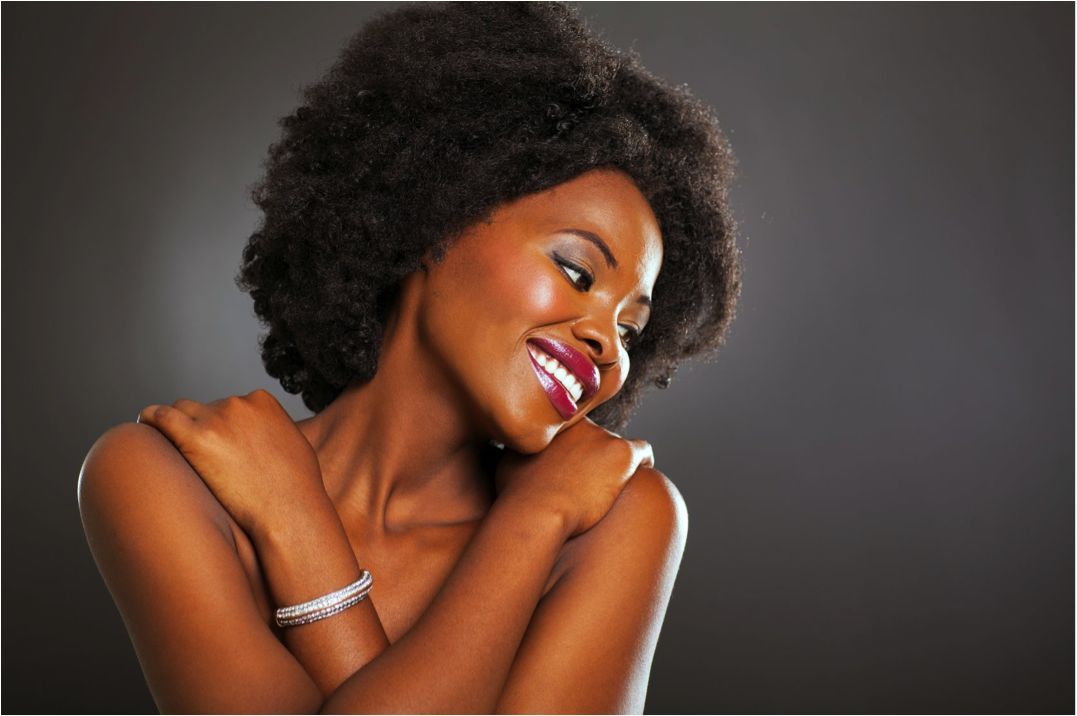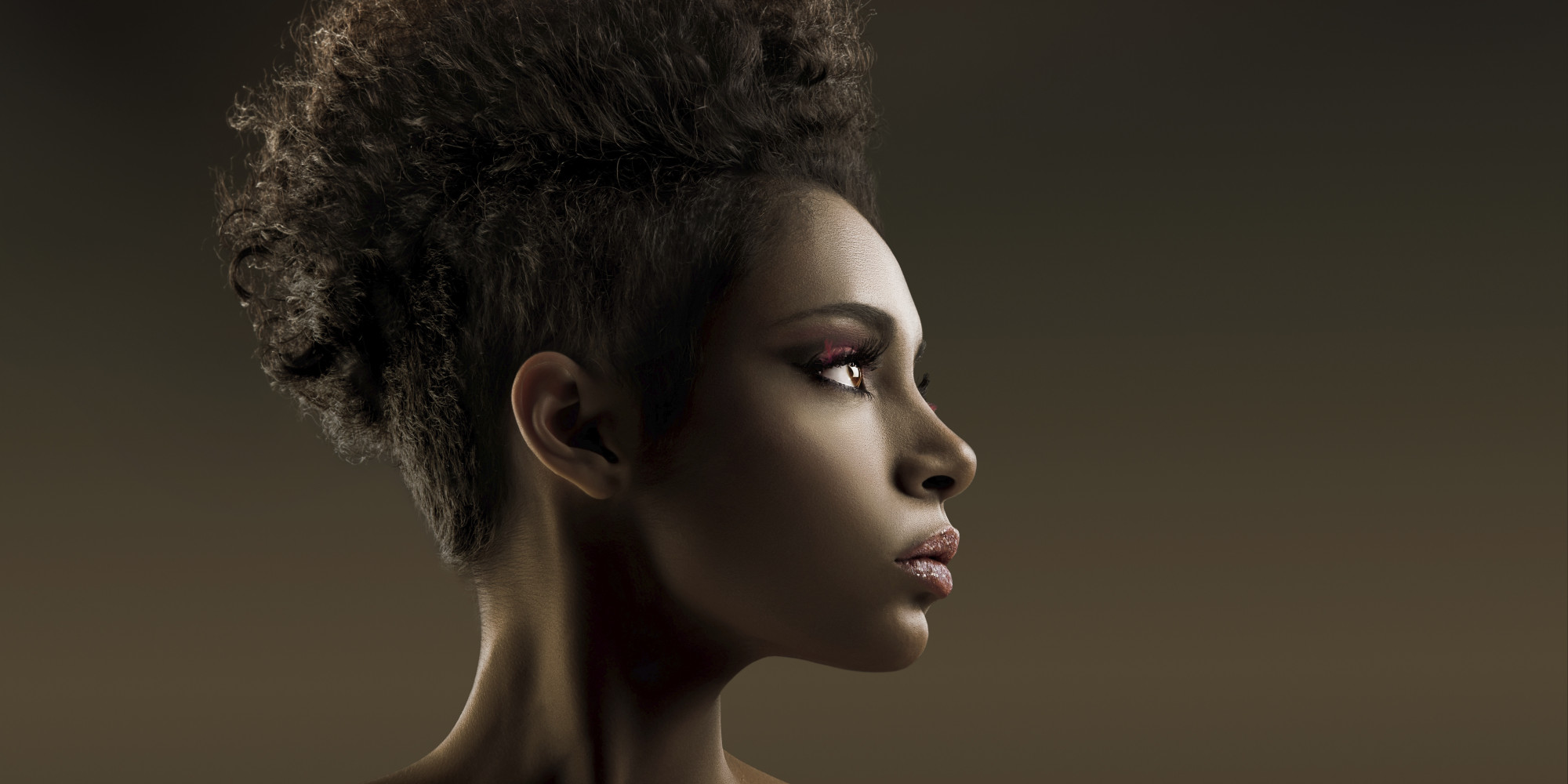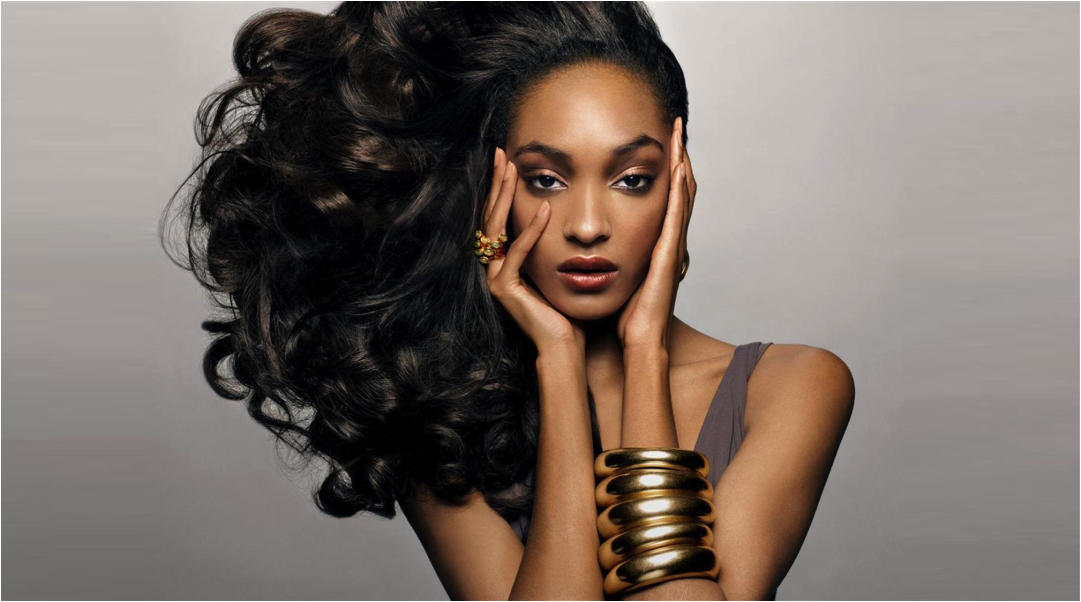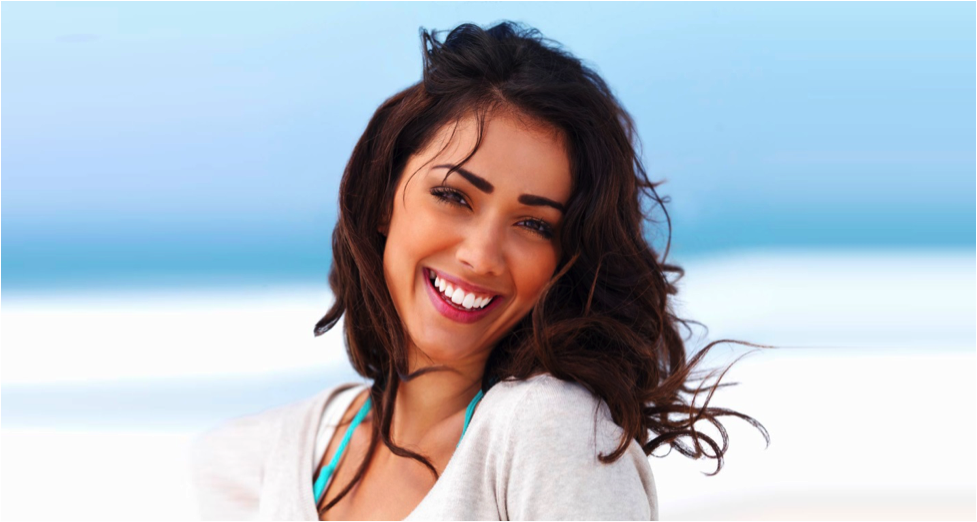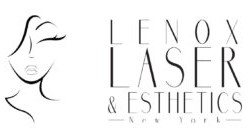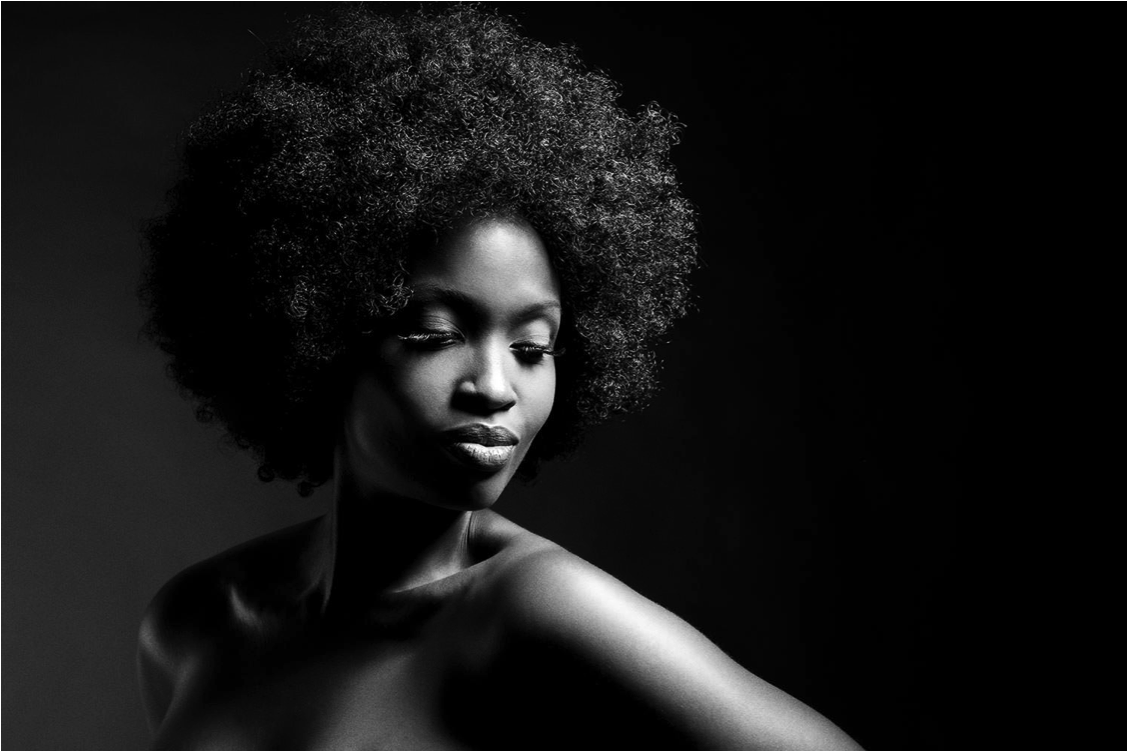
Remember that the most important factors that decide the quality of your skin and hair are your genes and family history, your nerves and emotions, and your immune system.
Use an appropriate face wash meant for your skin type and wash twice a day.
Use cleansers at night to remove make up and dirt before using a face wash.
Use sunscreen everyday even if you are indoors – the sun’s UVA rays come through windows too and contribute to aging, pigmenting and tanning. Ideally, sunscreen should be applied every three hours.
Sunscreen should have an SPF of 30 or more. SPF is the degree of protection against UVB rays, hence sunscreen must have UVA protection as well. The usual UVA protection ingredients are Avobenzone, Titanium dioxide, Zinc oxide, Mexoryl and Tinosorb.
Make up products like foundations, mineral powders and compacts do not have adequate sun protection.
Indian skin tends to tan and pigment easily and patchily. There is a very thin line between tanning and pigmentation. If your tan hasn’t gone in 4-6 weeks, see a dermatologist.
It is advisable to use mild skin lightening creams as prevention. Look for botanical ingredients like Arbutin, Bearberry, Licorice, Mulberry, Ginseng, Gingko, Emblica, Turmeric – curcuma, Grapeseed and vitamins like C and A, and Niacinamide.
Aging can be intrinsic, i.e. genetic, and can be delayed by exercise and, to a lesser extent, through diet. Extrinsic factors include increased UV intensity, increased pollution as well as stress. All these factors tend to dry the skin and make it more prone to pigmentation and aging. Hence it is important to start caring for your skin in your teens.
Extrinsic factors produce Reactive Oxygen Species (ROS), which are naughty oxygen molecules that damage the cells and make them age faster. Anti-oxidants neutralise these ROS.
At night, use a moisturiser with an age-protecting agent.
For younger skin, look for ingredients with antioxidants like vitamins C, E or a whole range of botanicals like green tea, grapeseed or pomegranate extract, curcumin, etc. You might also like to look out for the following: Genistein, ECGC, Resveratrol, Idebenone and Coenzyme Q10 or CoQ10.
Kitchen ingredients like fruits do not work.
For older skin, look for the following ingredients: peptides, vitamin A and derivatives like retinol and other retinoids, Alpha, beta and polyhydroxy acids.
Exfoliation should be done with extreme caution and only with modern bead exfoliators. Avoid granular scrubs as these tend to damage the skin microscopically, which can lead to slow, insidious and patchy darkening.
It is advisable to visit a dermatologist at least once a year. There are a lot of nuances in skin colour, texture, smoothness, etc. that we can’t see for ourselves. These can be detected by the dermatologist and mild creams/treatments can be recommended.
Always use a conditioner after you shampoo your hair. It protects your hair and is a better option than oil. Conditioners neutralise electrical charge in the hair shaft and help in detangling. Conditioners also improve shine and to some extent repair minor frays in the hair shaft. Conditioning agents like hydrolized protein or silicons are added to increase manageability and shine in the hair.
